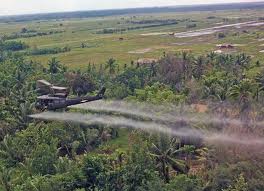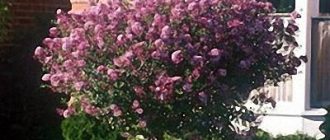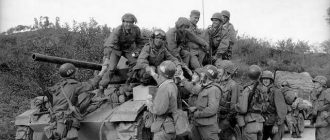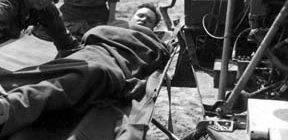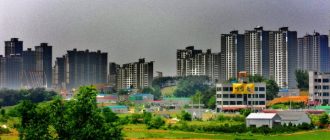Want to learn more about the use of Agent Orange in Korea? Read our guide for facts and info on the use and consequences of Agent Orange in the Korean War…
The US Military developed an herbicide and defoliant to be used as part of its Herbicidal Warfare program in the Vietnam War. The herbicide was code named Agent Orange. In the year 2000 the Veterans Administration of Korea recognized the use of Agent Orange in the country during the 1960s.
According to their research the spraying was conducted by the Republic of Korea troops. The site for the spraying was the demilitarized zone within North Korea. The use of Agent Orange by the US forces was also recognized and acknowledged on domestic grounds by the Veteran Administration.
The deadly herbicide caused most damage during the Vietnam War. It is believed that more than 4.8 million people were exposed to Agent Orange during the course of the war. That resulted in more than 400,000 deaths and disabilities. Furthermore over 500,000 children were born with different kinds of defects as a result of exposure to the herbicide.
Use of Agent Orange was most popular during the 1960s up until the 70s. It was called the “Rainbow Herbicide” and was the most widely used herbicide of its kind during the herbicidal warfare program. The herbicide was developed by producing dioxins as a contaminant. It would in effect cause different kinds of health problems to those who were exposed to it. A number of other herbicides such as Agent Pink, Purple, Blue and White were also developed as part of the program.
The beginnings of Agent Orange were humble and in no way associated with warfare. Arthur Galston actually developed a compound of triiodobenzoic acid to be used as a plant growth hormone. It was developed for the purpose of adapting soybeans to grow to their fullest during short growing seasons.
In later years the defoliant known as Agent Orange was developed on the basis of the research conducted by Arthur Galston. Historical records indicate that the herbicide came into its lethal form in 1943. During the research Galston had expressed his concern over the impact that the compound could have on human health as well as the natural environment.
Research showed that excessive usage of the compound triggered catastrophic defoliation. England and American laboratories began experimenting with the compound in order to be able to use it for warfare. Although the compound did benefit agricultural activities in certain regions, its most notable use came during the herbicidal warfare program.
Vietnam and Korea are not the only places where Agent Orange was used or tested as a weapon. Rather over the course of history this deadly defoliant has been used in the United States, Canada, Queensland, Guam and even Brazil. However it was in Vietnam that Agent Orange caused a significant amount of damage. The use of Agent Orange was denied by the US military during the initial years but it acknowledged its use during the Vietnam War in the year 2002.

